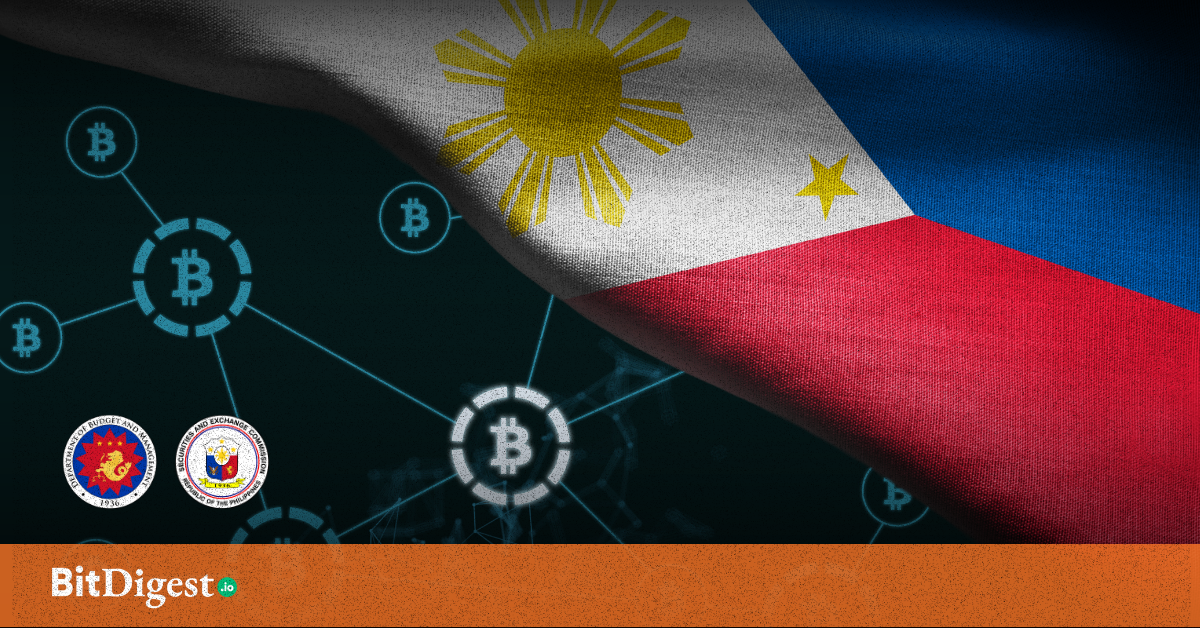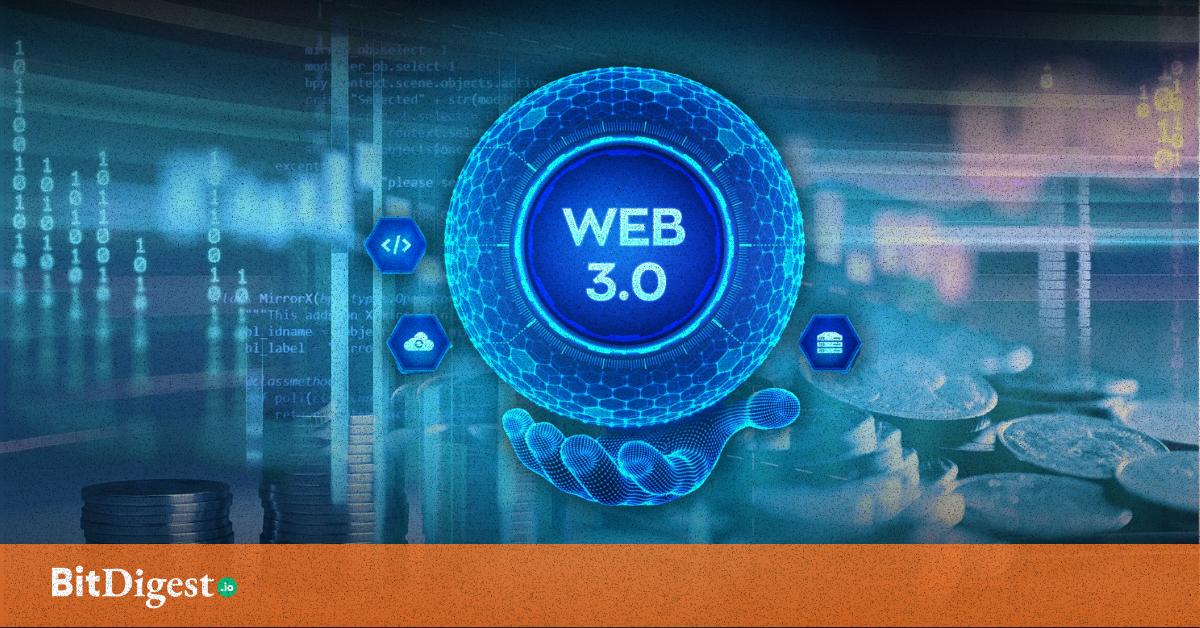Fragmented by Design? The Philippines’ Blockchain Boom Needs a Roadmap
The Philippines has quietly become a testbed for blockchain in governance. In just over a year, the Department of Budget and Management (DBM), the Securities and Exchange Commission (SEC), the Supreme Court, and even the Baguio City government have launched blockchain-backed systems aimed at strengthening transparency, record integrity, and citizen trust.
The common goal? Tamper-proof documents. Immutable ledgers. Real-time visibility of government data. And yet, despite these aligned objectives, the paths taken are anything but unified.
The DBM’s blockchain portal for budget documents now hosts tokenized SAROs and NCAs on a hybrid public-private blockchain. The SEC’s VERITAS system, currently in public consultation, applies decentralized mechanisms for digitally signing corporate filings. Meanwhile, the Supreme Court has begun digitizing case records with blockchain integration planned, and Baguio City, in collaboration with a private vendor, is running its own GoodGovChain for LGU governance data.
These initiatives, while commendable, are happening in silos—technically, administratively, and legally. There is no shared protocol, no known plan for interoperability, and no central guidance to ensure these pilots eventually talk to each other. If blockchain is about trust, shouldn’t that trust begin with coordinated strategy?
The Merits of Organic Progress
There is value in pilot programs. Innovation often begins with experimentation. Each agency’s initiative addresses its own domain’s inefficiencies, and early feedback can help refine use cases over time.
What makes the current moment different, however, is that we’re no longer dealing with proposals or white papers. These systems are being deployed. Tokenized documents are being issued. Public portals are live. QR codes are embedded in government files. And with multiple vendors; each using different blockchains, standards, and interfaces—the potential for duplication, confusion, and incompatibility is real.
Where Tech Neutrality Meets Unfolding Reality
One reason blockchain remains largely unaddressed in national legislation is the principle of tech neutrality, the idea that laws should not hard-code specific technologies that may quickly become outdated. The logic is sound. But what happens when a technology’s adoption is no longer theoretical when it is, in fact, unfolding across the public sector on its own?
From courts to budget offices to securities regulators, the Philippine government is not forcing blockchain into place through policy, it’s already organically adopting it through pilot systems that prove real use cases. And that, perhaps, is the more powerful signal: blockchain is being chosen not because it’s trendy, but because it offers functional solutions to old problems—tamper-prone documents, trust deficits, and fragmented audit trails.
This doesn’t mean regulation must rush in. But ignoring this momentum also carries risks. Without a shared vision or policy scaffolding, agencies may duplicate efforts, choose incompatible systems, or leave long-term governance questions unresolved, from data ownership and custodianship to eventual deprecation or migration of infrastructure.
In that light, the challenge isn’t whether to regulate blockchain. It’s whether policy can acknowledge and support a technology that is already in motion, and ensure that its growth serves the public interest, not just the needs of isolated departments.
Multiple Roads to Transparency, One Missing Map
Each agency’s effort is a “road” to transparency. But taken together, they resemble a network with no agreed-upon map. Without interoperability, there’s no guarantee these systems will serve the broader public, especially once maintenance, upgrades, or transitions come into play under future administrations.
There’s also the matter of cost and sustainability. Blockchain systems aren’t just plug-and-play: they involve cloud infrastructure, token management, cryptographic keys, and long-term data governance. The risk of vendor lock-in, unequal access among local governments, or exclusion of citizens due to lack of digital literacy all increase when design is fragmented.
If Blockchain Is About Trust, the Strategy Must Be Public
We’re not short on pilots. We’re short on a shared plan. If the Philippine government truly sees blockchain as a foundation for future governance—not just a short-term trend—then public coordination is not premature. It is necessary. A national framework doesn’t have to dictate which technology to use. But it can align standards, foster interoperability, and ensure that citizens, civil society, and local governments aren’t navigating a fragmented ecosystem built from well-intentioned silos.
Blockchain, after all, promises trust. But trust requires coherence, clarity, and shared understanding. Otherwise, the Philippines risk building systems that are transparent on paper and opaque in practice.
.svg)


.svg) SHARE TO FACEBOOK
SHARE TO FACEBOOK SHARE TO TWITTER/X
SHARE TO TWITTER/X SHARE TO LINKEDIN
SHARE TO LINKEDIN SEND TO MAIL
SEND TO MAIL




.png)
.svg)


.svg)